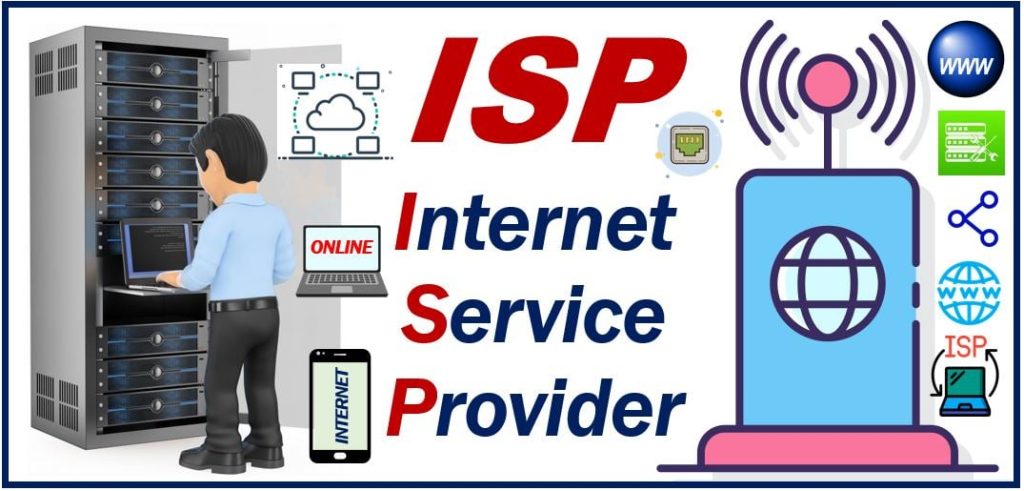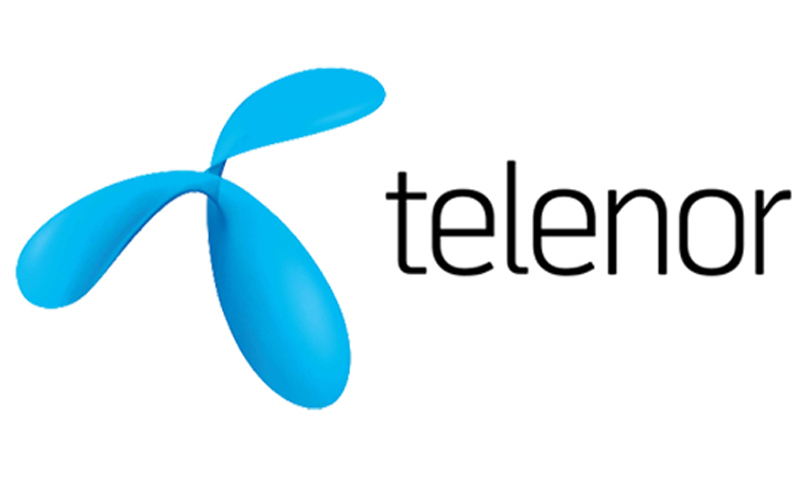
Introduction
An Internet Service Provider (ISP) is an organization that provides internet access to individuals and businesses. Whether we are at home, in the office, or traveling, every time we connect to the internet, our device is connected through an ISP. In this blog, we will discuss the different types of ISPs, their services, and factors to consider when choosing the right ISP for your needs.
The Evolution of ISPs
Dial-up and DSL
The first commercial ISP, called “The World,” was established in Australia and the US in 1989. It provided dial-up internet access, which was slow but gained popularity quickly. After years of dial-up and slow services, DSL (Digital Subscriber Line) was introduced as the first step towards broadband internet service. DSL offered faster speeds by carrying the internet connection through phone lines.
Cable Broadband and Fiber Optics
In 1996, cable broadband was introduced, utilizing the TV infrastructure to transmit data faster than DSL. Shortly after, ISPs started installing fiber optic lines, offering high-speed internet facilities to their customers. Fiber optics, with its flexible strands of glass, allows data to move at the speed of light, ensuring faster and more reliable internet connections.
Satellite Internet
Despite the advancements in cable and fiber optics, rural areas still face challenges in accessing high-speed internet due to the high cost of installing infrastructure. To bridge this gap, satellite internet was introduced. Satellites send signals from space to an antenna on homes, providing internet access to rural customers.
Types of ISPs
Tier 1 ISPs (Backbone Internet Providers)
Tier 1 ISPs are the largest companies that connect different countries by laying cables through the sea. Their main role is to connect countries and not directly serve end-users. Tier 1 ISPs peer with each other at zero cost for traffic transfer, but they charge lower tier ISPs to transit their network.
Tier 2 ISPs (Regional Internet Providers)
Tier 2 ISPs are smaller companies that provide internet connections to different states or cities within a country. These ISPs purchase services from tier 1 ISPs and peer with each other at a low cost or no cost to expand their network coverage. Examples of tier 2 ISPs include Comcast and Virgin Media.
Tier 3 ISPs (Local Internet Providers)
Tier 3 ISPs, also known as local providers, serve metropolitan or national areas. They work to provide internet services to homes, companies, and offices through routers. Tier 3 companies buy internet connections from tier 2 ISPs. For example, Hathaway Broadband is a tier 3 ISP.
ISP Techniques
ISPs use various techniques to provide internet services, including:
- Mailbox ISP: Provides internet access through email services.
- Hosting ISP: Offers hosting services for multiple domain names on a single server.
- Transit ISP: Facilitates internet connectivity between different networks.
- Virtual ISP: Provides internet services using another ISP’s infrastructure.
- Free ISP: Offers internet access without charging a subscription fee.
- Wireless ISP: Delivers internet access wirelessly, typically using Wi-Fi technology.
Factors to Consider in Choosing an ISP
When selecting an ISP, it’s important to consider the following factors:
Bandwidth
Bandwidth refers to the maximum amount of data that can be transmitted over an internet connection. Consider your internet usage and choose an ISP that offers sufficient bandwidth to meet your needs.
Connection Stability
A stable internet connection is crucial for uninterrupted online activities. Make sure the ISP you choose can provide a constant and reliable speed.
Customer Volume and Traffic
Check the traffic and how many customers the ISP can handle. A high volume of customers may result in slower speeds during peak hours. Ensure the ISP has the capacity to maintain a satisfactory level of service.
Virtual Hosting Features
If you require hosting services for multiple domain names, consider an ISP that offers virtual hosting features. This allows you to host multiple websites on a single server.
Email Capacity
Compare email box capacities offered by different ISPs and choose the one that aligns with your requirements.
Stability and Staying Power
Look for an ISP that provides a reliable 24/7 connection throughout the year. High-speed downloading and uploading capabilities are also essential for a seamless online experience.
Customer Service and Local Support
Consider the level of customer service and local support provided by the ISP. It’s important to choose a provider that can quickly and accurately resolve any issues or concerns you may have.
Price
Finally, find an ISP that offers a good balance between speed and price. Consider your budget and compare the pricing plans of different ISPs to choose the one that offers the best value for money.
Conclusion
In today’s world, where the internet is an essential resource for education, entertainment, work, and more, choosing the right ISP is crucial. Factors such as bandwidth, connection stability, customer service, and price should be considered when selecting an ISP that meets your needs. By understanding the different types of ISPs and their services, you can make an informed decision and enjoy a reliable and fast internet connection for your everyday life.


